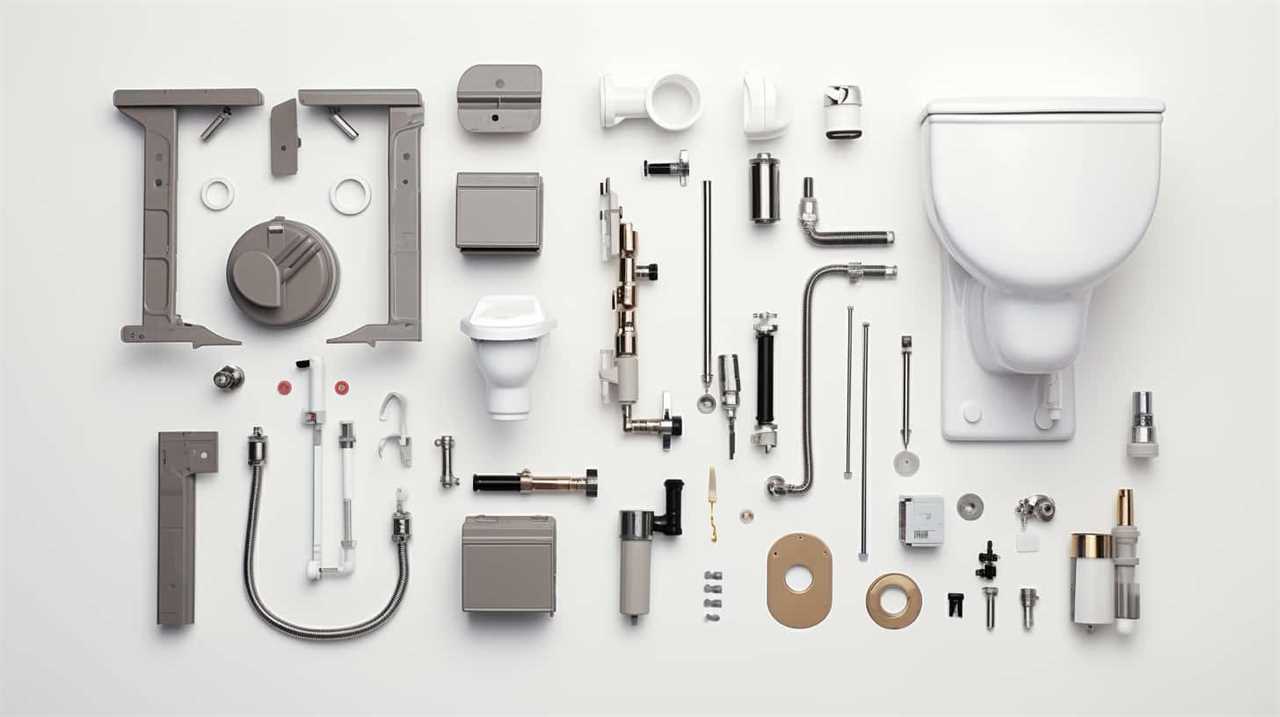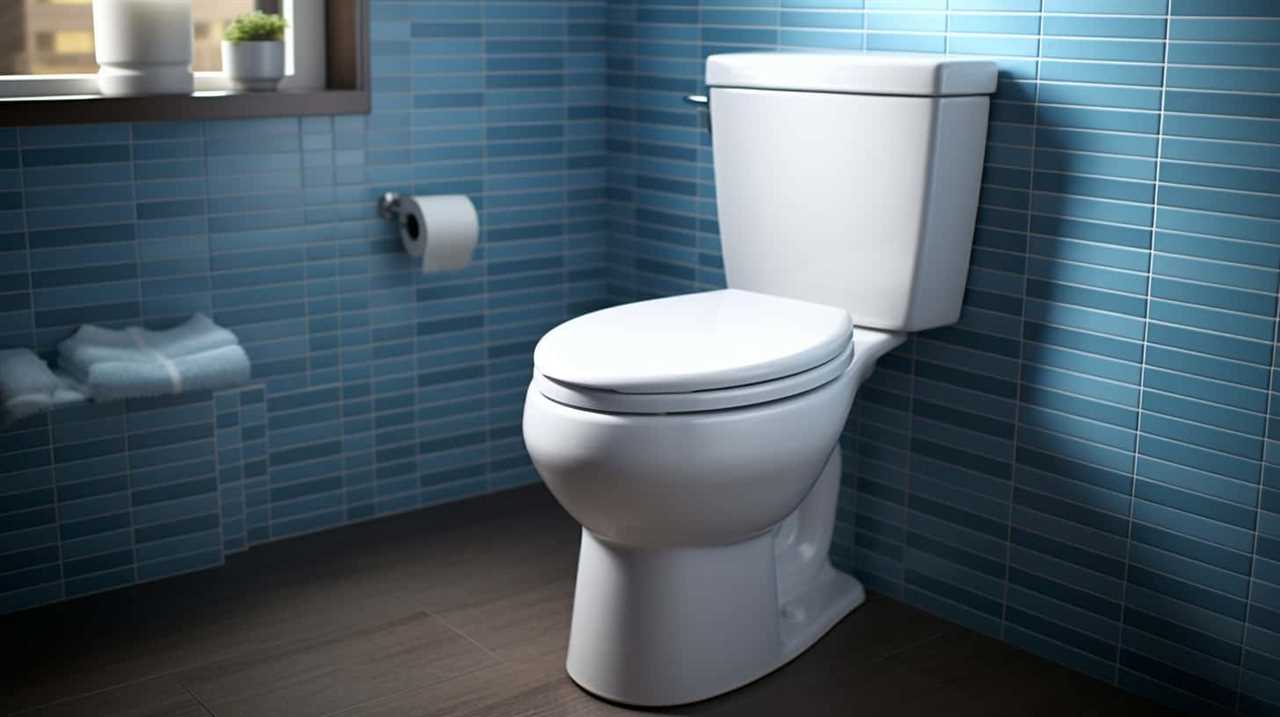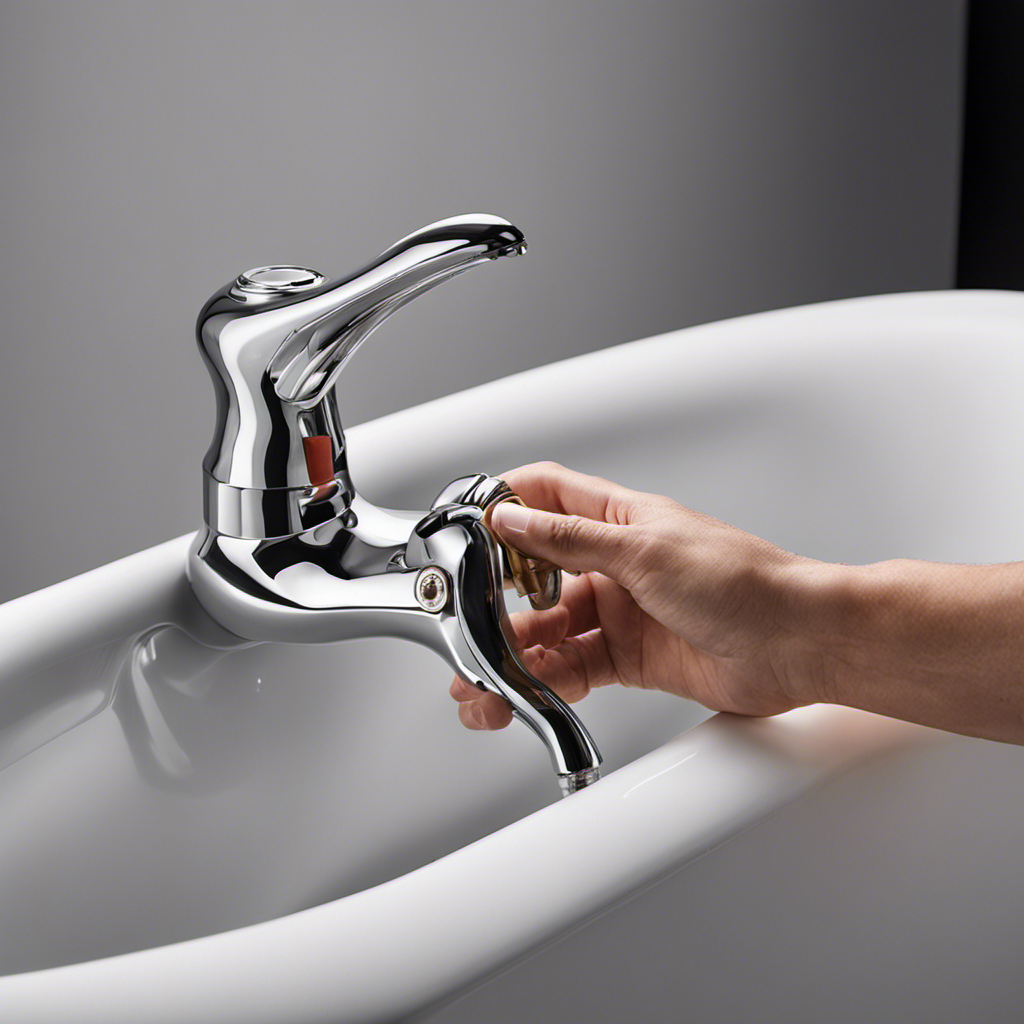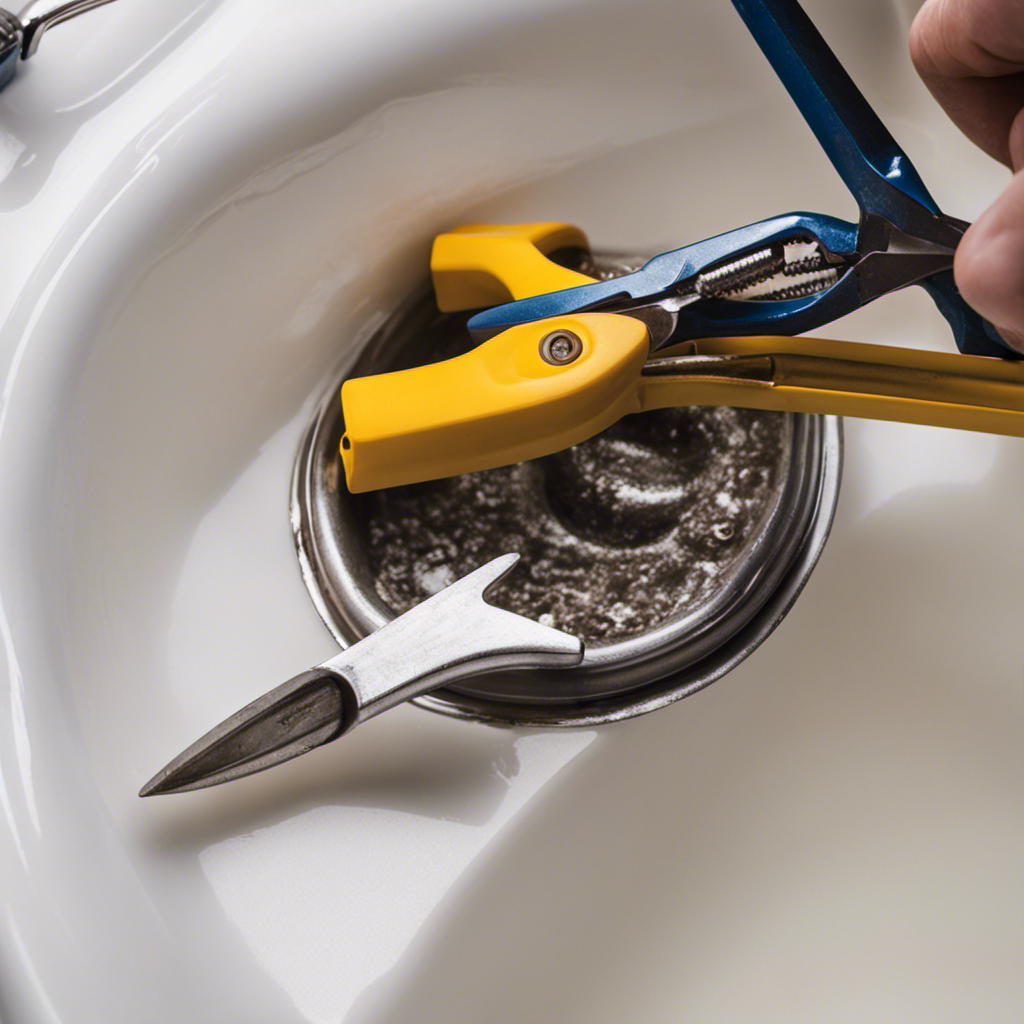Have you ever experienced the perplexing phenomenon of your toilet bursting into song every time you flush it? Fear not, for we are here to demystify this melodic mystery.
In this article, we will explore the common causes behind your toilet’s musical inclinations. By delving into the vibrations, water pressure, and trapped air in the pipes, we aim to provide you with the knowledge and solutions necessary for a harmonious and silent flush.
Join us on this journey to toilet tranquility.
Key Takeaways
- Faulty or damaged fill valve can cause a high-pitched or singing sound during flushing.
- Vibrations in the toilet can be minimized by ensuring the tank is securely attached to the bowl and checking for loose or damaged parts.
- Water pressure affects the intensity of vibrations and singing noise, with higher pressure resulting in louder sound.
- Trapped air in the pipes, influenced by temperature changes and pipe material, can contribute to toilet singing and should be addressed accordingly.
Common Causes of Toilet Singing
One common cause of toilet singing is due to a faulty fill valve. When the fill valve isn’t functioning properly, it can create a high-pitched noise or a singing sound during the flushing process. This occurs because the fill valve is responsible for regulating the water flow into the toilet tank after each flush.

If the fill valve is worn out or damaged, it may not be able to control the water flow effectively, resulting in vibrations and noise. To troubleshoot toilet singing caused by a faulty fill valve, you can start by inspecting the valve for any signs of damage or wear.
If necessary, you can replace the fill valve with a new one to restore proper functionality and eliminate the singing noise.
Understanding the Vibrations in Your Toilet
To understand the vibrations in our toilet, we can observe and analyze the movement of various components during the flushing process. The vibrations in a toilet are often caused by the interaction between the water flow and the structural elements of the toilet. One key component to consider is the toilet tank. When we flush the toilet, water rushes into the tank, causing it to fill up rapidly. This sudden influx of water can create vibrations in the tank, which then transfer to the rest of the toilet. Proper maintenance of the toilet tank can help minimize these vibrations. Here are some maintenance tips to reduce vibrations in your toilet:
| Maintenance Tips | |
|---|---|
| 1. | Ensure the tank is securely attached to the bowl. |
| 2. | Check for any loose or damaged parts and replace if necessary. |
| 3. | Adjust the water level in the tank to avoid excessive pressure. |
| 4. | Consider installing an anti-vibration pad under the tank. |
How Water Pressure Affects Toilet Singing
As we continue exploring the vibrations in our toilet, let’s now delve into the impact of water pressure on the phenomenon known as toilet singing.

Water flow plays a crucial role in determining the level of sound control in toilets. When you flush your toilet, the water rushes into the bowl under pressure, creating a forceful flow. This force can cause the water to interact with the air in the pipes, resulting in vibrations that produce the singing sound.
The higher the water pressure, the more intense these vibrations become, leading to louder and more pronounced singing. Conversely, lower water pressure can reduce the intensity of these vibrations, resulting in a quieter or non-existent singing sound.
Therefore, understanding and adjusting the water pressure can help manage and control toilet singing.
The Role of Air Trapped in the Pipes
Continuing from our exploration of water pressure and its impact on toilet singing, let’s now turn our attention to the role of trapped air in the pipes.

Trapped air can have a significant impact on the singing phenomenon experienced when flushing a toilet. Here are some key points to consider:
- Temperature: Changes in temperature can affect the density of the air trapped in the pipes, altering the resonance and pitch of the singing sound. Warmer air tends to vibrate differently than cooler air, resulting in variations in the toilet’s singing.
- Pipe Material: The material of the pipes can also contribute to the singing. Different materials have different acoustic properties, which can affect the way sound waves travel through the pipes. Materials like PVC may produce a different singing sound compared to metal pipes.
Understanding the impact of temperature and pipe material on toilet singing can help homeowners troubleshoot and address this peculiar issue. By determining the underlying causes, appropriate measures can be taken to minimize or eliminate the singing altogether.
Solutions for a Silent Flush
Now that we understand the impact of temperature and pipe material on toilet singing, let’s explore solutions for achieving a silent flush.
One effective solution is to invest in a water-saving flush system. These systems use less water per flush, which can help reduce the noise caused by rushing water.

Additionally, regular toilet maintenance is crucial to ensuring a silent flush. This includes checking for any leaks or loose parts that could contribute to noise.
To maintain a silent flush, it’s also important to clean the toilet regularly and remove any mineral deposits or debris that may accumulate in the pipes.
Frequently Asked Questions
How Can I Prevent My Toilet From Singing?
To prevent our toilet from singing, we need to understand the causes of toilet singing. Common causes include water pressure issues, worn-out parts, or an incorrect water level. By addressing these issues, we can find effective solutions to stop the singing.
Are There Any Health Risks Associated With a Singing Toilet?
There are potential health risks associated with a singing toilet. The psychological effects of living with constant noise can lead to stress and sleep disturbances. Additionally, a singing toilet may indicate a water leak, increasing household water consumption.

Can a Singing Toilet Cause Damage to My Plumbing System?
A singing toilet can potentially damage the plumbing system if the cause is a malfunctioning fill valve or loose parts. Regular maintenance and repairs can prevent further issues and reduce water consumption and utility bills.
Is It Normal for a Toilet to Sing Occasionally or Should I Be Concerned?
Occasionally, toilets may sing when flushed. While it can be normal, it may also indicate underlying issues such as water pressure or valve problems. To resolve this, check and adjust water pressure or consult a professional plumber.
Can a Singing Toilet Be Fixed Without Calling a Plumber?
Yes, a singing toilet can often be fixed without the need to call a plumber. By performing basic toilet maintenance and troubleshooting, we can silence the melodic flush and restore tranquility to the bathroom.
Conclusion
In conclusion, the singing toilet phenomenon can be attributed to various factors such as water pressure, vibrations, and air trapped in the pipes. By understanding the underlying causes, homeowners can take appropriate measures to achieve a silent flush.

Remember, just like a well-tuned orchestra, a harmonious bathroom experience can be achieved with a little know-how and the right adjustments.
So, let’s silence those singing toilets and restore tranquility to our bathrooms!










